FINANCING FOR SUSTAINABLE DEVELOPMENT GOAL(SDG) 6: CLEAN WATER AND SANITATION
Kenya
like many developing nations is facing a monumental task of providing access to
clean water and sanitation to all which, if tackled well, will greatly improve
and dignify the lives of so many people. Clean and safe water is the most
precious and scarce resource, which if distributed efficiently and equitably, can
lead to healthy and stabilized economies. We firmly believe that how a country
uses this resource is linked to how she uses other resources as well.
According
to the lender’s Manual for Commercial Financing of the Water and Sanitation
Sector in Kenya, published in 2015, Kenya requires a serious financing of about
Kshs 110 billion per annum to achieve sustained water and sanitation access to
all by 2030. This will cater for immediate rehabilitation and medium-term
expansion of piped water supply systems while observing standards that are
consistent with environmental aspirations. We estimate that a 42% financing gap
exists translating to close to Ksh 46 billion in the Water and Sanitation
Services (WSS) sector. The estimate is exclusive of operation and maintenance
(O&M) and monitoring costs. As it stands, most water supply systems in the
country have often undergone revenue leaks due to inefficient and ineffective
management that have led to back-to-back losses absorbed by public funds. This is
not sustainable at all!
Financial
resource mobilization to address aforementioned gap has become increasingly
difficult. Non-Governmental Organizations (NGOs) and Civil Society Organizations
(CSOs) have been instrumental in bridging the gap to the level where we are right
now. However, they have faced a steep shortfall in donor funding as there has
been a push for self-reliance in the WSS through establishment of social
enterprises as donor funding have shifted towards global emergencies like
Covid-19 response.
Financing
of WSS has been worsened by Covid-19 pandemic which has caused widespread
financial and economic disruptions. The pandemic has laid bare the fissures
that existed in SDG 6 financing with Kenya resorting to public debt financing to
provide incentives in tariff payments. We have noted before that public debt
financing is not sustainable and that there is need to unlock direct private
financing for the long-term. Debt like other forms of financing is not bad.
However, it is important note that public debt financing alone is not
sustainable in the long-term as competition on public funds is rife and heavy
public debt places limits on the ability for public investment programs to meet
investment requirements in water. Therefore, this is an opportunity for private
sector organizations (PSOs) to support by making a contribution to SDG 6.
Statutory
bodies need to act fast on strategic structural reforms to create an enabling
environment for tariff setting, financing, transparency, accountability and
revenue sharing. Private sector players can provide access to repayable finance
from sources such as loans, bonds and equity. An optimal blended financing mix
can be modelled to address sectoral perception constraint by providers of
capital.
The
financial mix should be focused on covering costs including construction,
rehabilitation, operation and maintenance otherwise many water projects will
remain hardly sustainable with frequent cases of rationing, shortages and
failure. Private sector players, both local and foreign, need an incentive to be
supply repayable capital under a public private partnership or any other viable
scheme that offer return on investments (loans, bonds, and equity). This will
broaden and deepen the sources of financing which could be protected from
losses through guarantee financial arrangements in a market that is perceived
as ‘’low return high risk’’. According to the article on ‘’Paying the Spout:
innovative Financing Could Expand Access to Water’’, the WSS sector has been
perceived by providers of capital as a high risk/low return when its
fundamental economics places it in the low risk/low and steady return category.
The
setup of regional county development banks or social impact financing guarantee
scheme is highly recommended at this juncture towards the protection of
investments. This will inspire confidence amount social impact investors which
would go a long way in closing the financing gap thereby supplementing other
basic sources of revenue: tariffs, taxes and transfers. It’s important to note
that financing solutions alone will not solve water access challenges but
instead structural reforms should run parallel. To sustain our lives, we have
to solve the most basic puzzle of providing water and sanitation access to all
by 2030.
Disclaimer: The views expressed here are those of the
writer where particulars are not warranted. This publication is meant for
general information and open discussion on subject matter and is not a
warranty, representation, advice or solicitation of any nature. Readers should
in all circumstances seek advice from registered expert.
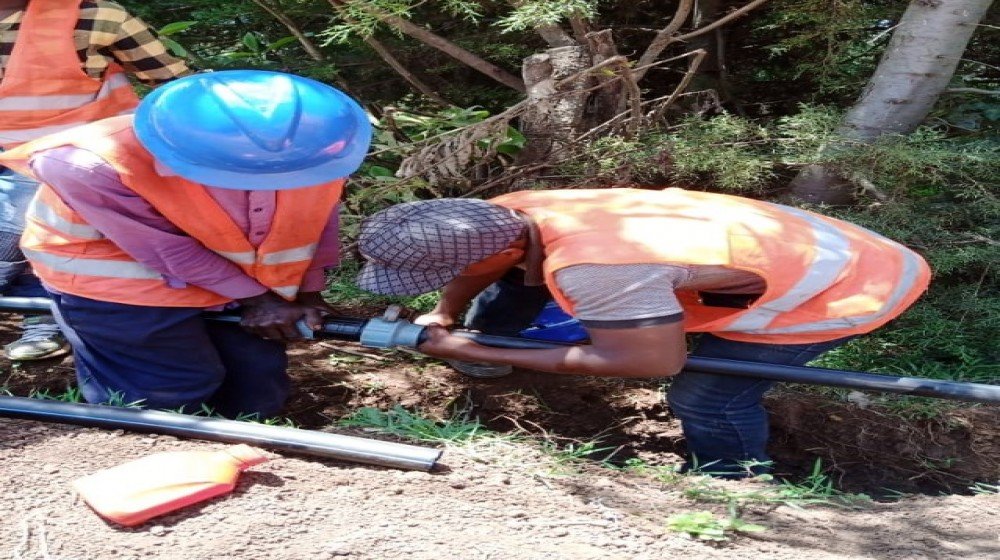

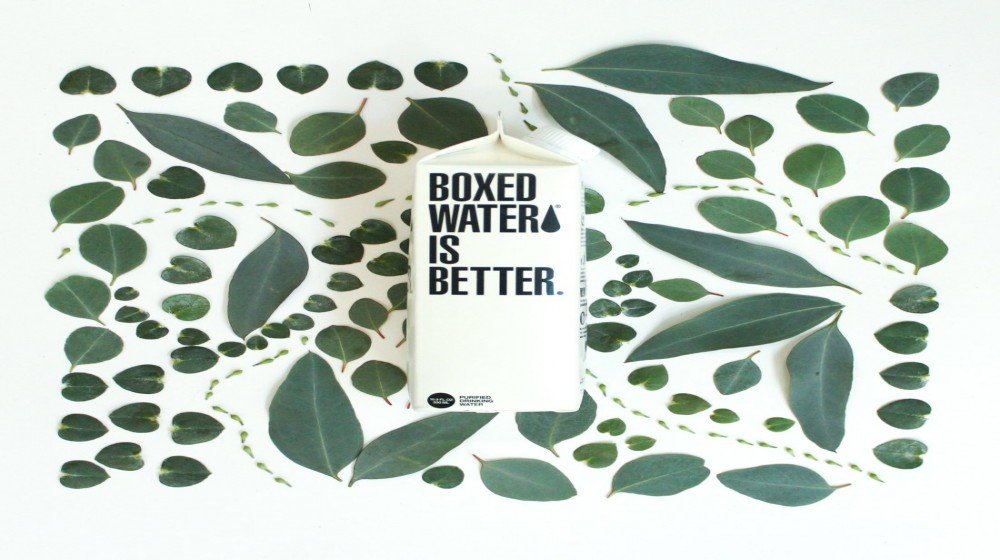
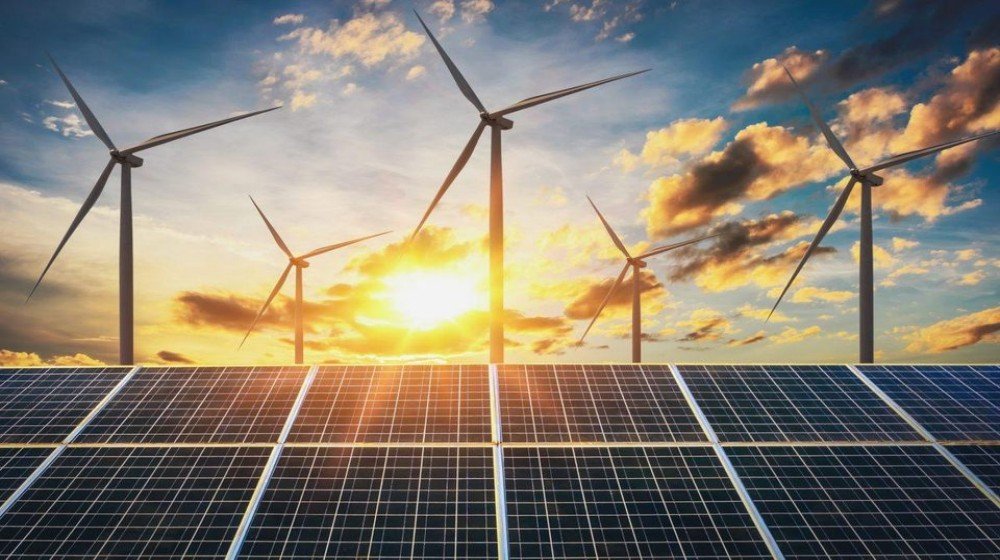
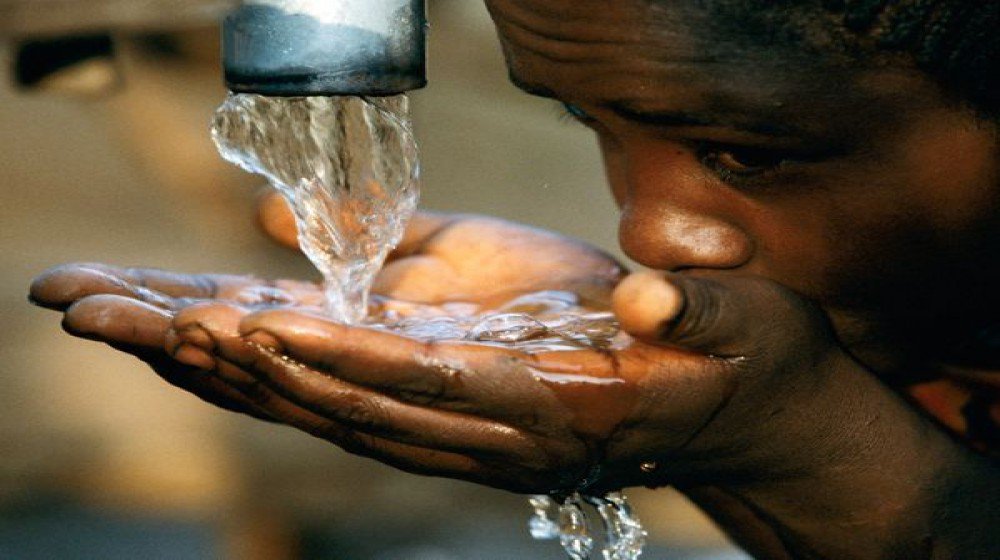
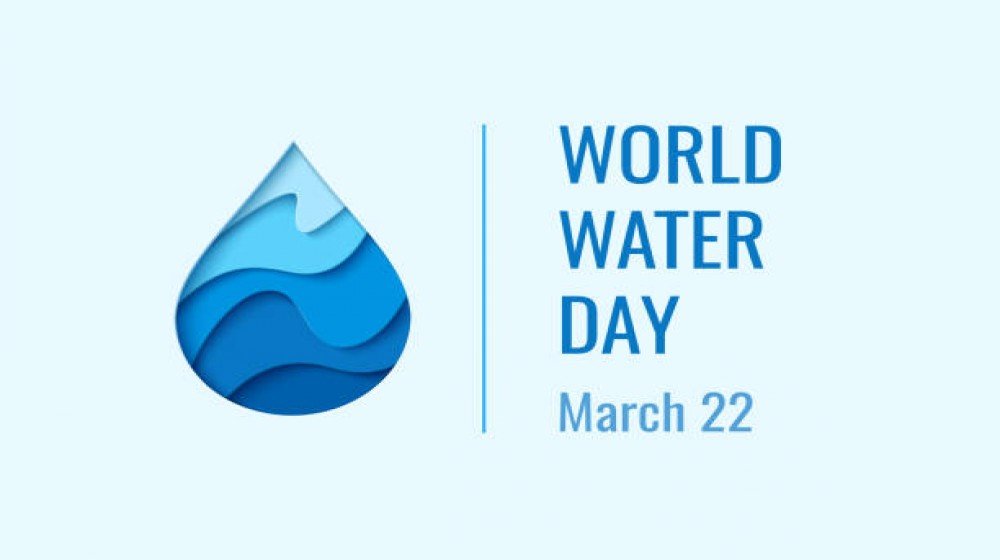
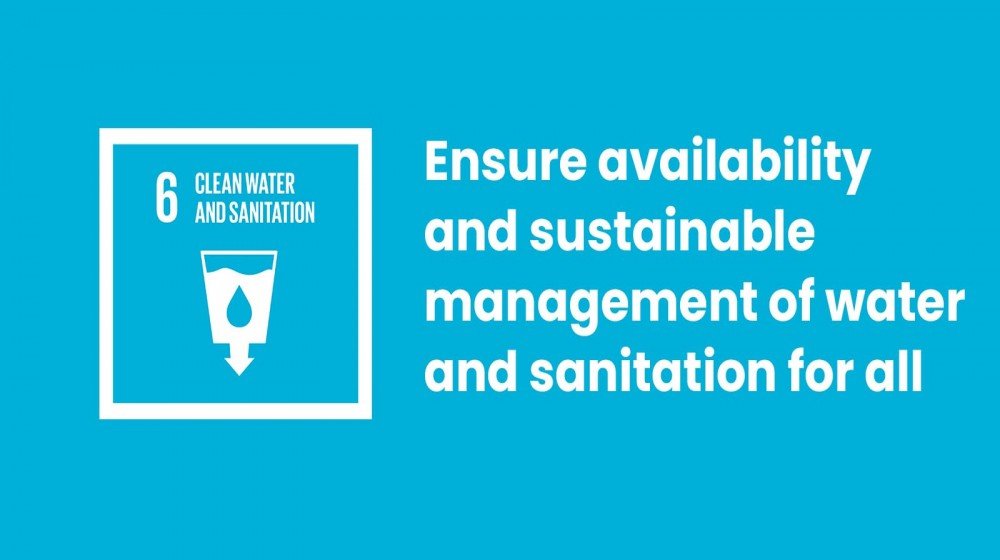

Post Comments